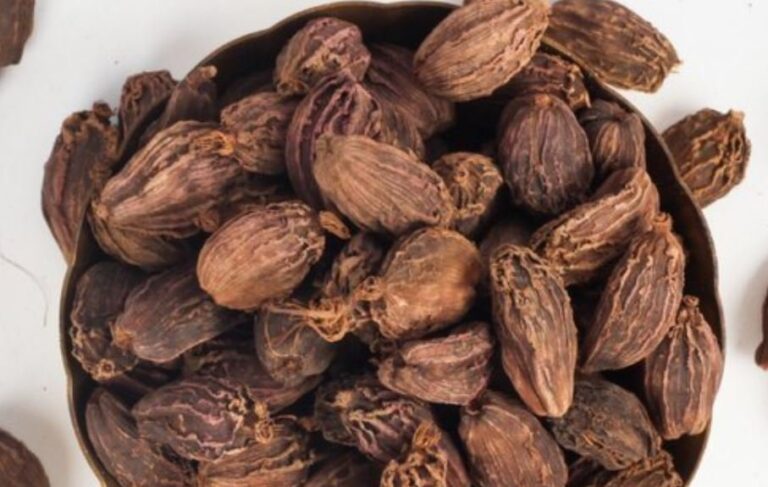
Even though the country’s overall export trade has increased significantly, the export of cardamom, one of the major exportable items, decreased noticeably in the last fiscal year.
The country exported cardamom worth Rs. 4.81 billion in the last fiscal year 2021/22, according to the annual trade statistics of the Department of Customs. This is 31.38 per cent lower than the export of the previous fiscal year. Cardamom worth Rs. 7.01 billion was exported in the previous fiscal year 2020/21.
The overall export trade of the country increased by 41.74 per cent to Rs. 200.03 billion in the last fiscal year 2021/22. “Decline in cardamom production and fall in prices are the main reasons for decline in cardamom export in the last fiscal year,” said Nirmal Bhattarai, President of the Federation of Large Cardamom Entrepreneurs of Nepal.
The cardamom production decreased by 20 per cent to 5,200 tonnes in the last fiscal year compared to fiscal year 2020/21. About 6,500 tonnes of cardamom was produced in the previous fiscal year 2020/21. According to the statistics, about 5,300 tonnes of cardamom was exported in the last fiscal year. The quantity of exports includes the stock held by traders and farmers in the previous fiscal year, said Bhattarai.
The price of cardamom dropped in the last few months of the fiscal year which also contributed to decline in export in terms of amount, he said. The price of cardamom dropped to Rs. 700-800 per kg in the last fiscal year while it was about Rs. 900-Rs. 1,000 a year ago.
Export of cardamom increased significantly in the fiscal year 2020/21 compared to fiscal year 2019/20 due to an increase in its price.
After the price rise, the farmers have sold the stock cardamom they kept last year,” he told The Rising Nepal.
Due to a significant fall in the prices of cardamom caused by COVID-19 pandemic, farmers kept stock in the fiscal year 2019/20, he said.
Cardamom (3,100 tonnes) only worth Rs. 2.53 billion was exported in the fiscal year 2019/20. Generally, farmers and traders keep cardamom in stock when the price falls and sell it when the it rises.
“Farmers will keep the product in stock for up to five/six months hoping that the prices will increase in the days to come,” Bhattarai said.
The new production of cardamom is available in the market from Ashoj, he said. The price of cardamom had reached more than Rs. 100,000 per 40 kgs almost seven years ago, he informed. Due to this, the area of cardamom cultivation is gradually increasing in the country.
Cardamom is commercially farmed in 53 districts, where around 18,500 hectares of land is under cultivation, he said. Taplejung district occupies the first position in producing cardamom while Sankhuwasabha is the second highest producer.
Taplejung, Sankhuwasabha and Panchthar districts account for more than 50 per cent of the country’s total cardamom production, Bhattarai said.
Bhattarai, however, said that the production of cardamom did not increase in line with the expansion of the farming area due to various diseases and lack of proper availability of agricultural inputs required for cardamom farming.
He said that the farmers are encouraged to be involved in cardamom farming as this crop gives better return than other cash crops and helps uplift the living standard of the villagers.
Stating that the traders were facing difficulties to export cardamom to third countries due to hindrances posed by export procedure, he said that government’s support was needed to export cardamom to countries other than India.
“Being dependent only on India for the sale of cardamom has become a major problem for the traders and farmers to get more price. If we rely on only one country for export, the demand for cardamom will be low and we will not be able to get a good bargain,” he said.
Source : TRN,





